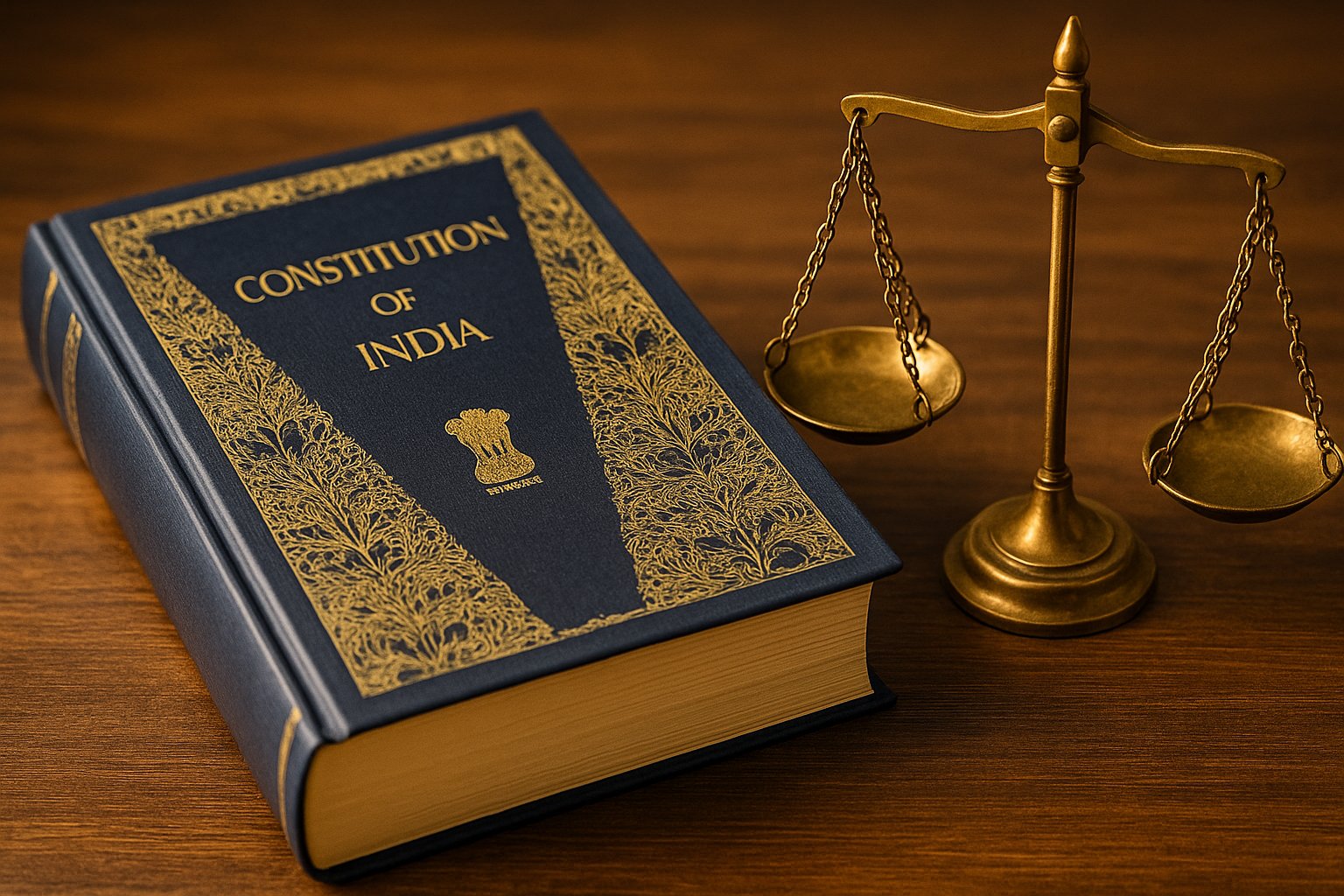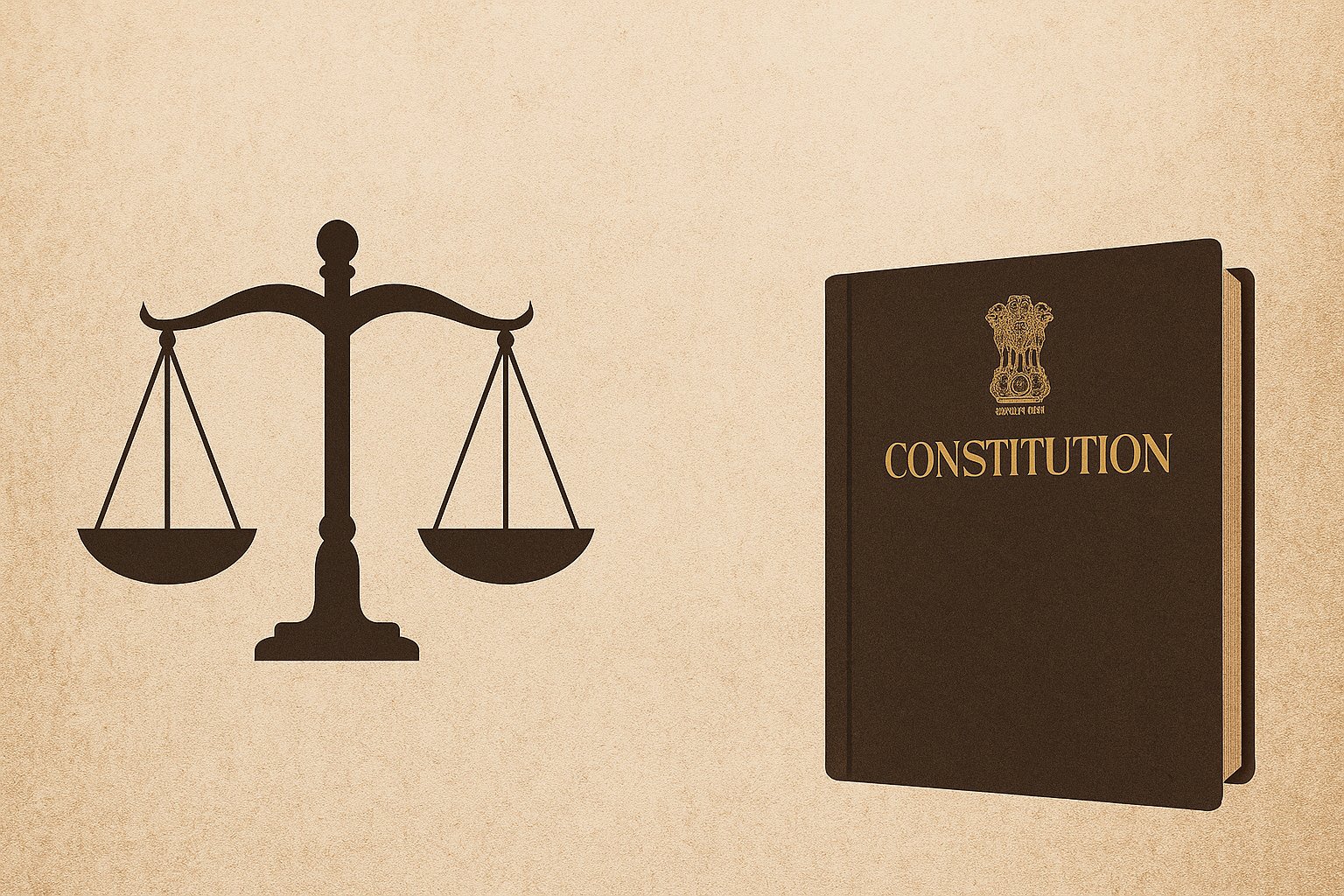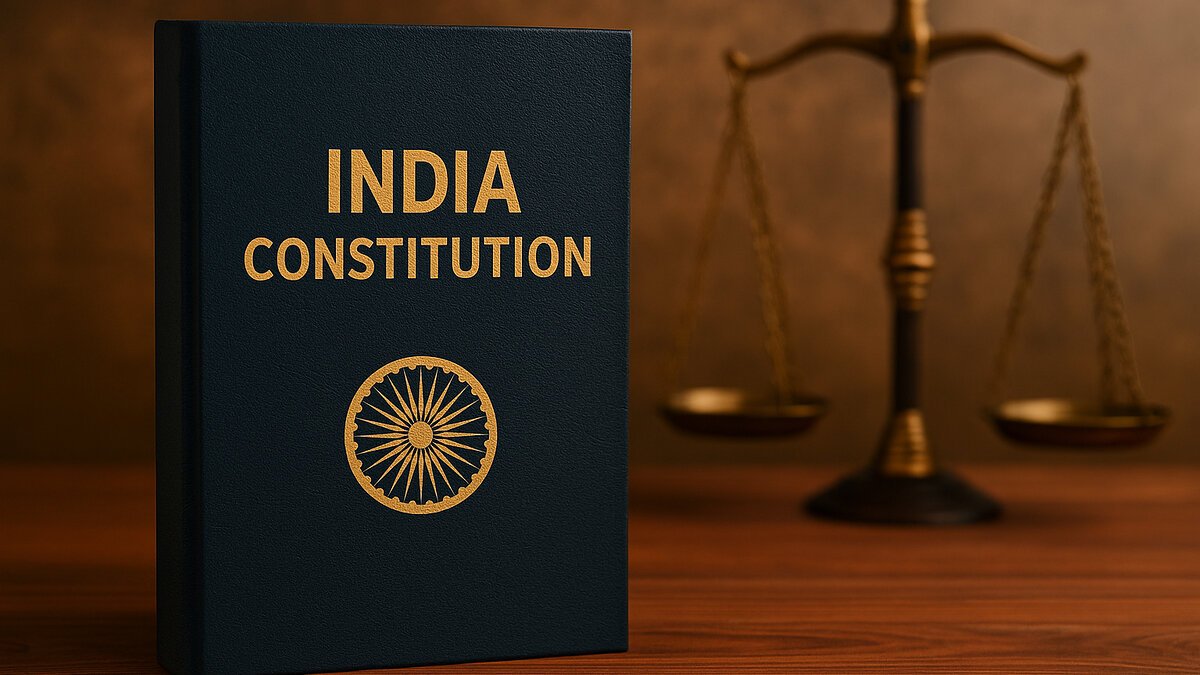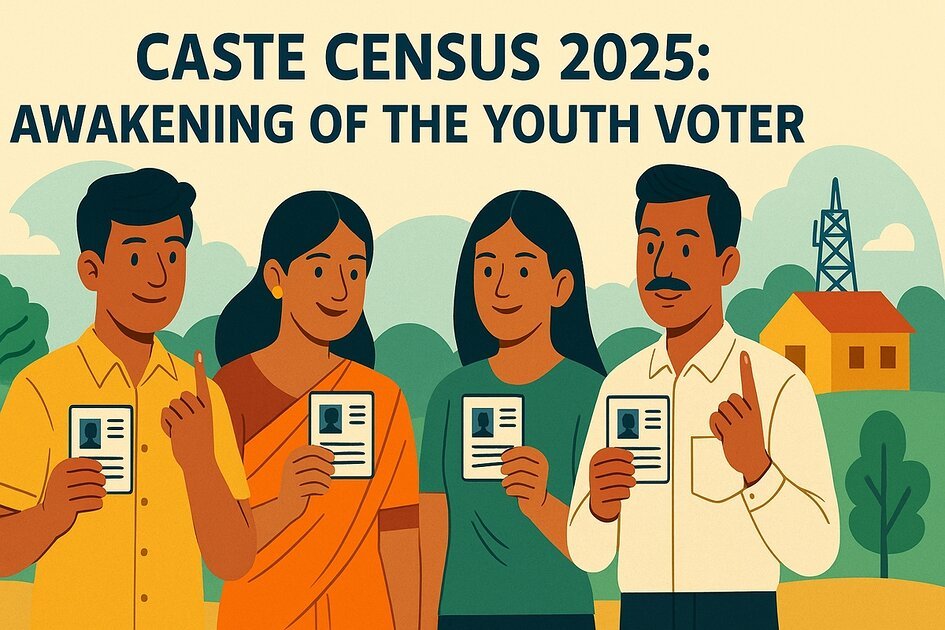Constitutional awareness is the cornerstone of any vibrant democracy. In the context of modern India, where propaganda often overshadows facts, it is more critical than ever for citizens to be informed about their rights, duties, and democratic structures.
The Unseen Emergency: Constitution Fading in the Noise
While entertainment, religion, and politics dominate digital content, India’s Constitution — the very document that grants us freedom — is nowhere in the mainstream conversation. The average citizen is well-versed in celebrity gossip or viral news but clueless about Article 21 (Right to Life), Article 19 (Freedom of Speech), or even the meaning of the Preamble.
A startling example: YouTube channels focusing on political drama have millions of subscribers, but educational channels on the Constitution struggle to cross 10,000 views per video. In schools, civics is either underemphasized or taught in a perfunctory manner. This disengagement from constitutional knowledge is a ticking time bomb.
India, a democracy of over 1.4 billion people, risks becoming a crowd ruled by emotion instead of reason if the Constitution remains on the periphery of public consciousness.
Moreover, a recent survey by Lokniti-CSDS found that only 35% of urban youth could name even one fundamental duty listed in the Constitution. This isn’t just lack of awareness — it’s a democratic emergency.
Media’s New Face: Not Just Reporting, But Redirecting
From Information to Influence
Mainstream media and digital influencers now shape public opinion not through facts but through repetition. Reels, debates, and panel shows are increasingly about political cheerleading rather than civic literacy. With every scroll, we’re not just wasting time — we’re losing our democratic soul.
The Numbers Speak:
- A celebrity wedding livestream attracts 10 million views.
- A documentary on constitutional amendments? Less than 50,000.
A Nation Distracted
TV channels that once promoted journalism now chase TRP through spectacle. Debates are reduced to shouting matches, and viewers are offered binary choices: either support Party A or Party B. Where is the space for critical thinking? Where is the citizen’s voice?
The danger is profound — when mass media turns into a vehicle for propaganda, citizens begin to accept emotional appeals as truth and silence as patriotism. This isn’t journalism; it’s narrative warfare.
Fake headlines, communal clickbait, and polarizing thumbnails aren’t just bad content — they’re digital weapons used to sway democratic choices. The line between journalism and manipulation is dissolving.

The Historical Parallel: Warnings from Our Past
Remember the Struggles
Our freedom was earned through constitutional dreams — from Gandhi’s civil disobedience to Ambedkar’s vision for equality. We fought colonial rulers by awakening the masses. Ironically, we’re now inching back into ignorance — not under colonial boots, but via Wi-Fi waves of distraction.
The Price of Forgetting
British colonialists used ignorance and division to control India. Today, the same tools are in use — misinformation, fear, caste-based politics, and unverified content. It’s a subtle erosion of independence, and many don’t even realize it’s happening.
We must remember: the Constitution was not a gift from the state — it was a demand from the people, hard-won through struggle. Forgetting this legacy weakens our democratic foundation.
A Blueprint to Restore Awareness
1. Constitution in the Classroom
Make civic education mandatory at all levels. Move beyond textbooks — use multimedia, debates, and real-life case studies. Encourage students to question authority, understand their rights, and participate in mock parliaments and legal workshops.
2. Social Media as a Civic Weapon
- Weekly reels on each Article.
- Legal rights threads on Twitter (X).
- WhatsApp-based quizzes on constitutional topics.
- Instagram stories showcasing heroes of the Constitution — like Kesavananda Bharati, whose case saved the basic structure of the Constitution.
3. YouTube as Your Classroom
Create creator-led video series on real-life application of rights:
- RTI success stories.
- Landmark Supreme Court judgments.
- Stories of constitutional violations and public resistance.
Suggested formats include short docuseries, animated breakdowns of articles, and interviews with civil rights lawyers and activists.
4. Grassroots Constitution Movement
- Community meetings explaining fundamental rights.
- Local NGOs creating workshops for rural and underprivileged groups.
- Volunteer programs on Constitution Day (Nov 26).
Additionally, state governments can launch district-wise campaigns to distribute Constitution handbooks and run public service announcements in regional languages.
Why This Matters: The Dangerous Vacuum
In the absence of awareness, people fall for fake news, communal hate, and leader worship. Constitutional awareness is not a luxury — it’s protection from exploitation.
Examples of Consequences:
- People jailed for Facebook posts without knowing they had freedom of expression.
- Voters bribed with gifts and cash, unaware of the Representation of People Act.
- Citizens afraid to file FIRs or RTIs due to lack of legal literacy.
Democracy becomes ornamental when voters act on sentiment, not understanding.
The 2019 Supreme Court verdict on electoral bonds highlighted how financial opacity in politics undermines democracy — a case most citizens never even heard of.

The Final Link: Democracy Without Awareness Is a Hollow Ritual
Constitutional Awareness = National Empowerment
A Constitution only lives when its people live by it. True democracy isn’t about voting once every 5 years — it’s about knowing what you’re voting for.
If India truly wants to rise as a global leader, it must empower its citizens to be informed, conscious, and constitutionally aware. Otherwise, history will repeat itself — not as tragedy, but as digital entertainment.
Let us not outsource our thinking to television anchors and political apps. Let us not become slaves of slogans when we can be guardians of liberty.
“When citizens sleep, the Constitution cries.”
The Deep Link Between Democracy and the Constitution
Democracy is the system; the Constitution is its soul. One cannot survive without the other. Just as a house needs both structure and foundation, a nation needs both electoral participation and constitutional understanding.
A strong democracy thrives on informed, questioning, constitutionally aware citizens. The real patriotic act is not waving a flag but knowing what your rights mean under it.
This document is issued in the public interest by AryaDesk Digital Media, the parent operator of AryaLekh.com.
Regards,
AryaDesk Digital Media
Chitrakoot, Uttar Pradesh, India – 210205
AryaLekh (DoFollow):
संविधान की जागरूकता ही असली ताक़त है — न कि TRP की गुलामी और अंधभक्ति का प्रचारतंत्र
Regenerative Farming in India: 7 Powerful Breakthroughs Transforming Agriculture
2025-26 की जाति जनगणना: युवा मतदाता की नई चेतना और लोकतांत्रिक सशक्तिकरण
जनता की चौखट पर नेता – क्या है जनता के मुद्दे बनाम राजनीतिक वादा
नेता मस्त हैं – जनता पस्त है – किसान त्रस्त है और उद्योगपति-व्यवसायी फल-फूल रहे हैं |
भारतीय युवाओं की बेरोज़गारी: शिक्षा या शोषण?



